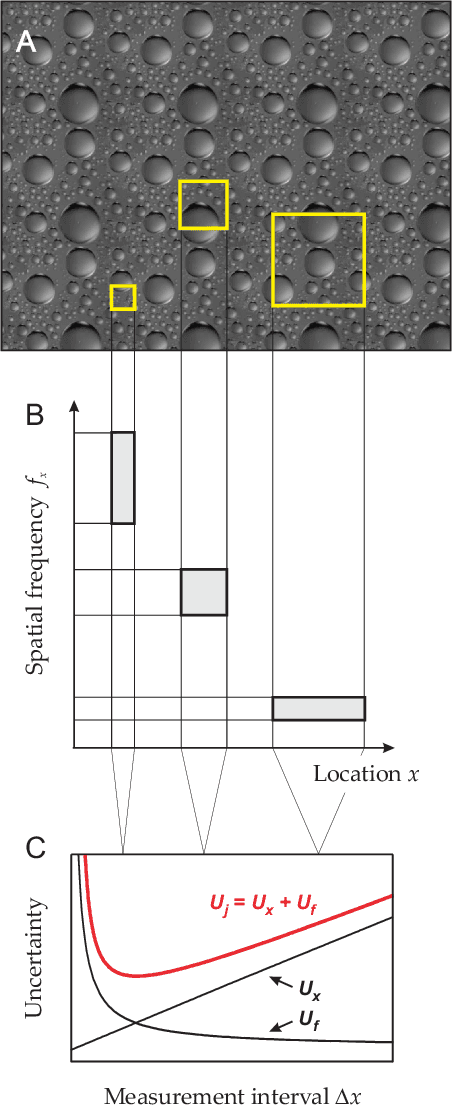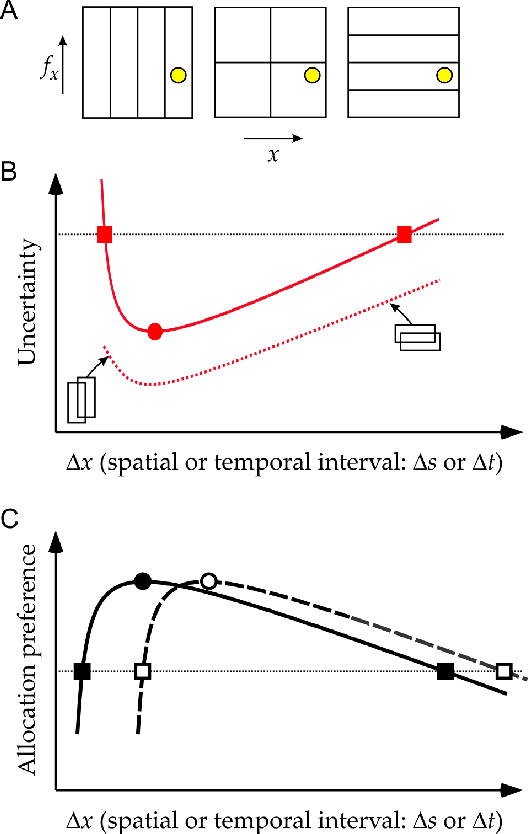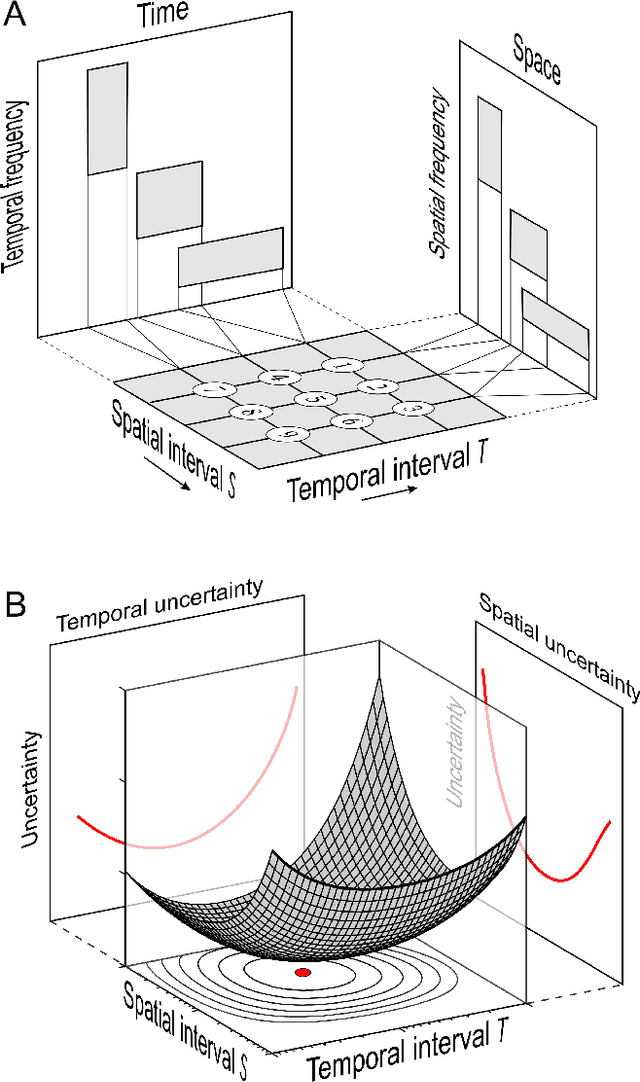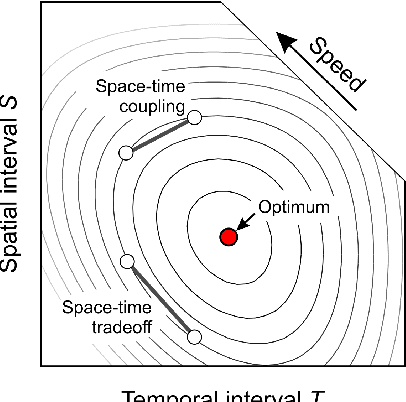Sergei Gepshtein
Optimal measurement of visual motion across spatial and temporal scales
May 03, 2014



Abstract:Sensory systems use limited resources to mediate the perception of a great variety of objects and events. Here a normative framework is presented for exploring how the problem of efficient allocation of resources can be solved in visual perception. Starting with a basic property of every measurement, captured by Gabor's uncertainty relation about the location and frequency content of signals, prescriptions are developed for optimal allocation of sensors for reliable perception of visual motion. This study reveals that a large-scale characteristic of human vision (the spatiotemporal contrast sensitivity function) is similar to the optimal prescription, and it suggests that some previously puzzling phenomena of visual sensitivity, adaptation, and perceptual organization have simple principled explanations.
Uncertainty of visual measurement and efficient allocation of sensory resources
May 03, 2014Abstract:We review the reasoning underlying two approaches to combination of sensory uncertainties. First approach is noncommittal, making no assumptions about properties of uncertainty or parameters of stimulation. Then we explain the relationship between this approach and the one commonly used in modeling "higher level" aspects of sensory systems, such as in visual cue integration, where assumptions are made about properties of stimulation. The two approaches follow similar logic, except in one case maximal uncertainty is minimized, and in the other minimal certainty is maximized. Then we demonstrate how optimal solutions are found to the problem of resource allocation under uncertainty.
 Add to Chrome
Add to Chrome Add to Firefox
Add to Firefox Add to Edge
Add to Edge